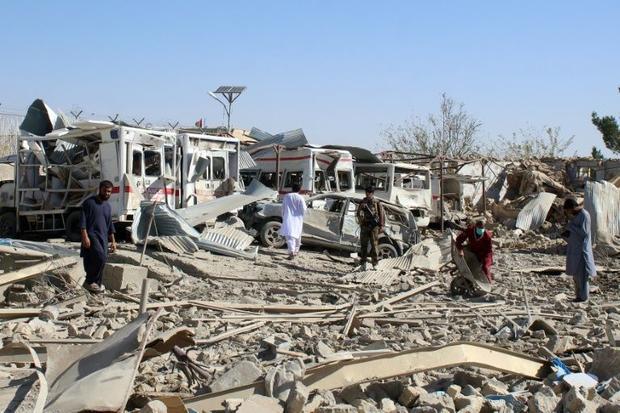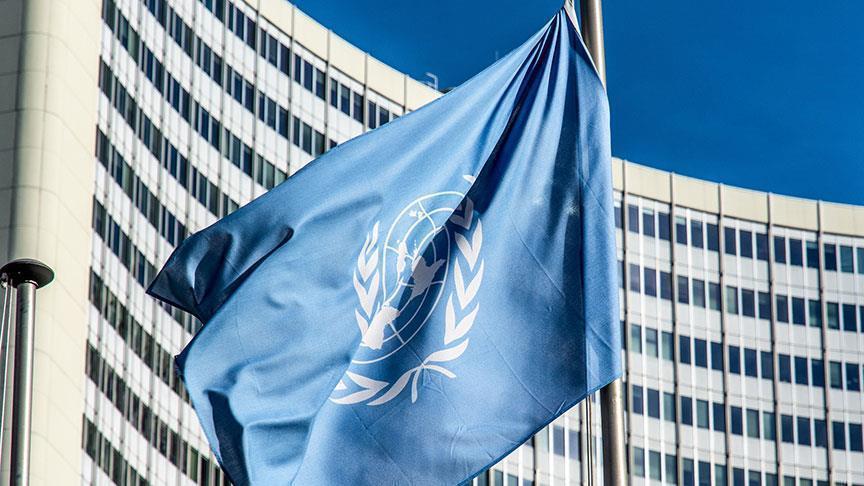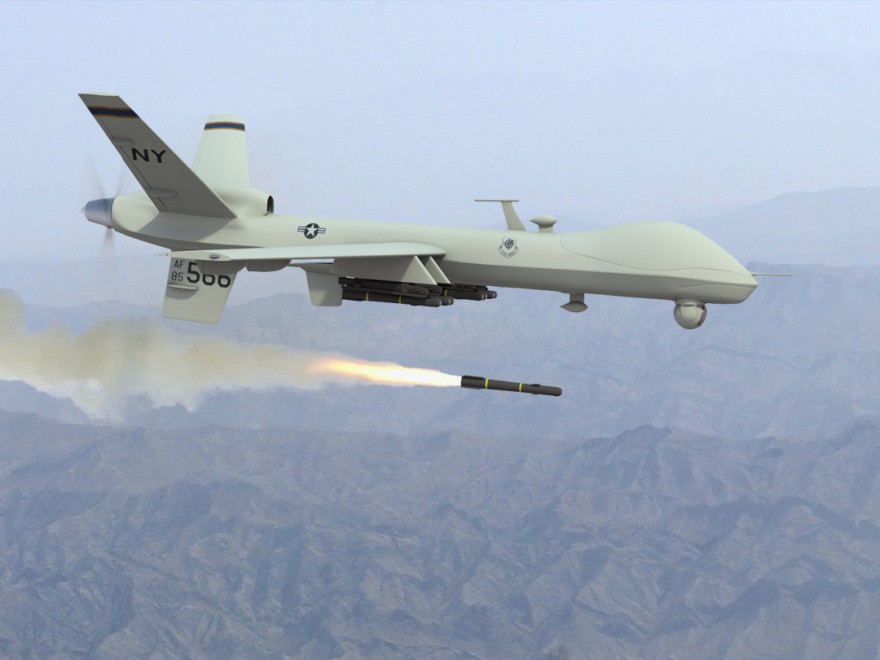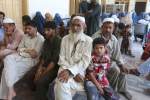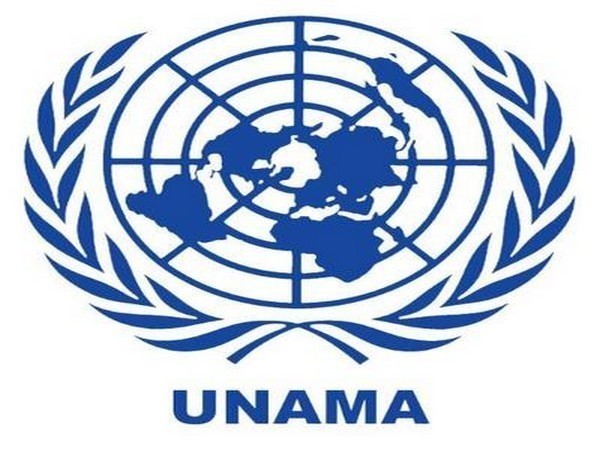After a 4-month investigation, the UN has come up with a report on a May 5 US airstrike against a drug lab in western Afghanistan. The report finds that the attack violate international humanitarian law with 39 casualties including 14 children.
Publish dateSaturday 12 October 2019 - 10:22
Story Code : 192886
The report claimed that all the victims were non-combatants. Among the 39 casualties, 30 were killed.
The United Nations Assistance Mission in Afghanistan (UNAMA) said: "UNAMA has assessed that the personnel working inside the drug production facilities were not performing combat functions. They were therefore entitled to protection from attack, and could only have lost this protection if, and for such time, as they had been directly participating in hostilities."
Lab accused of producing meth
However, there was no evidence that any of the workers were had any combat function. Hence, they were entitled to protection from attack during the war.
The US rejoinder
The US rejected the report claiming that the sources who reported on the casualties had conflicted motives. The US classified the workers as insurgents and lawful military targets because they claim the Taliban made money from the lab.
The US later claims it had determined that no civilians were injured in the strikes: "After the strikes, the United States military, primarily using overhead surveillance, determined that no civilians were injured or killed. In June, the United Nations sent a fact-finding mission to several of the sites and conducted interviews with 21 local people, according to its report." Of course the US position was that none of the workers could be classified as civilians since their work benefited the Taliban.
The UN rejoinder
The UN had already addressed this issue in their own report. The UN pointed out that the victims were in no way directly participating in combat in any way and that their work and survival benefits the enemy does not justify killing them under international law. One could add that in no way could the 14 child casualties be justified.
The UN also argued that the lab could even be said to be a Taliban facility indicating that some were owned by criminal groups who were neither controlled nor operated by the Taliban.
A recent article sums up the basis for the dispute between the UN and the US: "The dispute sheds light on America’s current war methods — relying heavily on overhead surveillance, air support and local forces to select and attack targets — and the sometimes contentious definitions by which the United States military identifies combatants on an increasingly murky battlefield."
The United Nations Assistance Mission in Afghanistan (UNAMA) said: "UNAMA has assessed that the personnel working inside the drug production facilities were not performing combat functions. They were therefore entitled to protection from attack, and could only have lost this protection if, and for such time, as they had been directly participating in hostilities."
Lab accused of producing meth
However, there was no evidence that any of the workers were had any combat function. Hence, they were entitled to protection from attack during the war.
The US rejoinder
The US rejected the report claiming that the sources who reported on the casualties had conflicted motives. The US classified the workers as insurgents and lawful military targets because they claim the Taliban made money from the lab.
The US later claims it had determined that no civilians were injured in the strikes: "After the strikes, the United States military, primarily using overhead surveillance, determined that no civilians were injured or killed. In June, the United Nations sent a fact-finding mission to several of the sites and conducted interviews with 21 local people, according to its report." Of course the US position was that none of the workers could be classified as civilians since their work benefited the Taliban.
The UN rejoinder
The UN had already addressed this issue in their own report. The UN pointed out that the victims were in no way directly participating in combat in any way and that their work and survival benefits the enemy does not justify killing them under international law. One could add that in no way could the 14 child casualties be justified.
The UN also argued that the lab could even be said to be a Taliban facility indicating that some were owned by criminal groups who were neither controlled nor operated by the Taliban.
A recent article sums up the basis for the dispute between the UN and the US: "The dispute sheds light on America’s current war methods — relying heavily on overhead surveillance, air support and local forces to select and attack targets — and the sometimes contentious definitions by which the United States military identifies combatants on an increasingly murky battlefield."
avapress.net/vdcdjx0f9yt0nj6.em2y.html
Tags
Top hits
